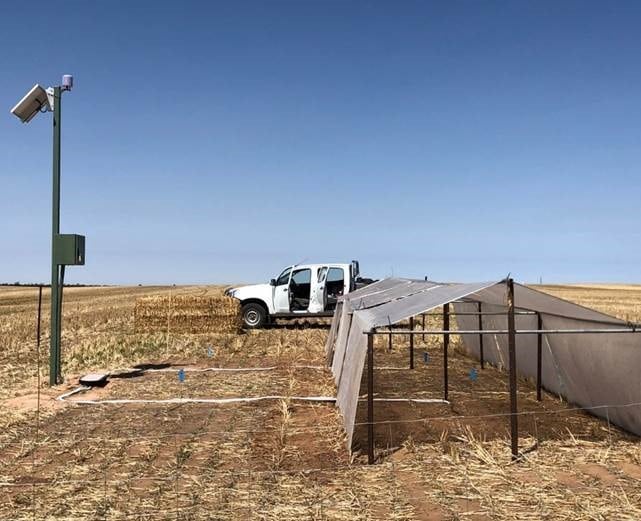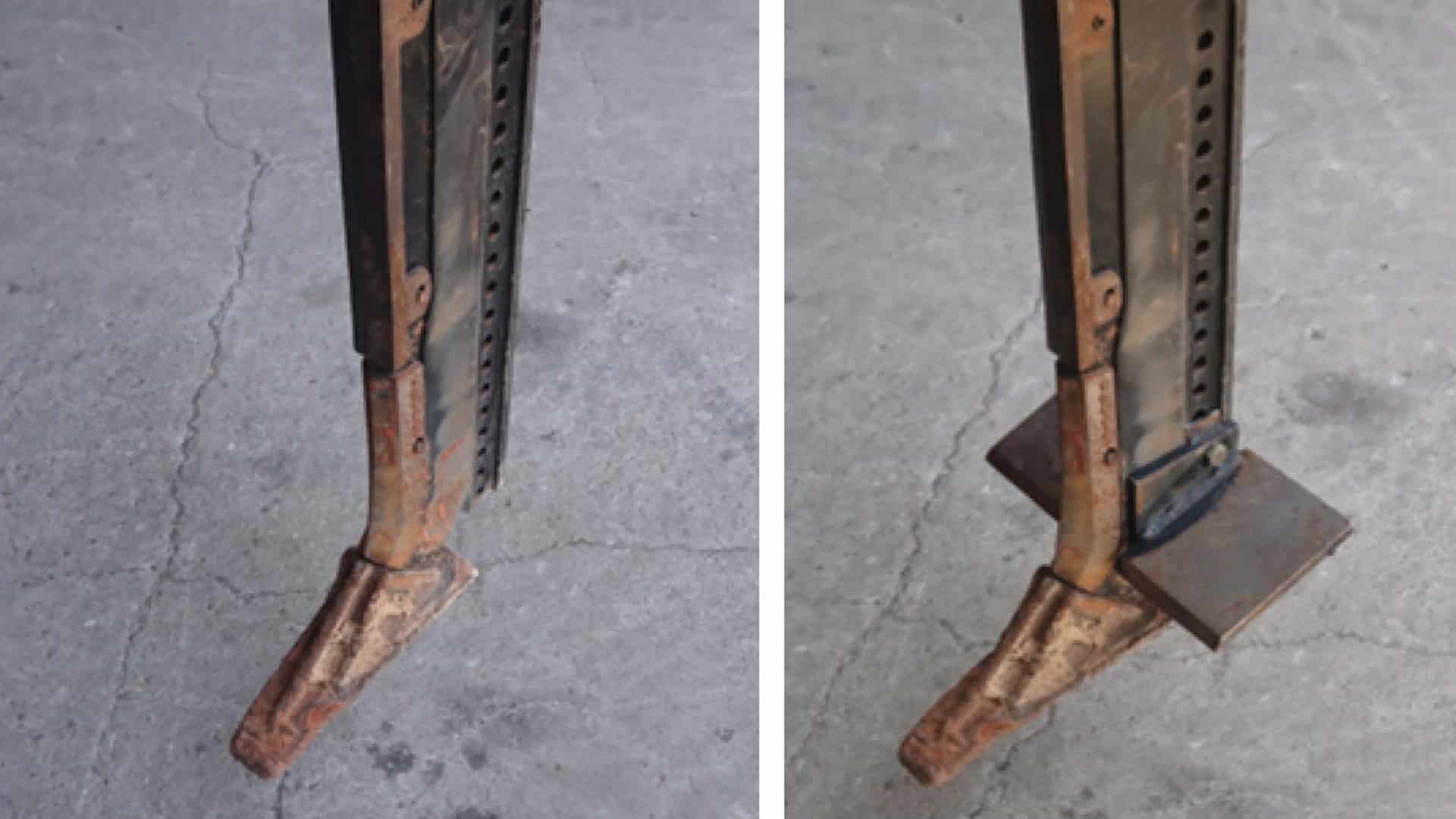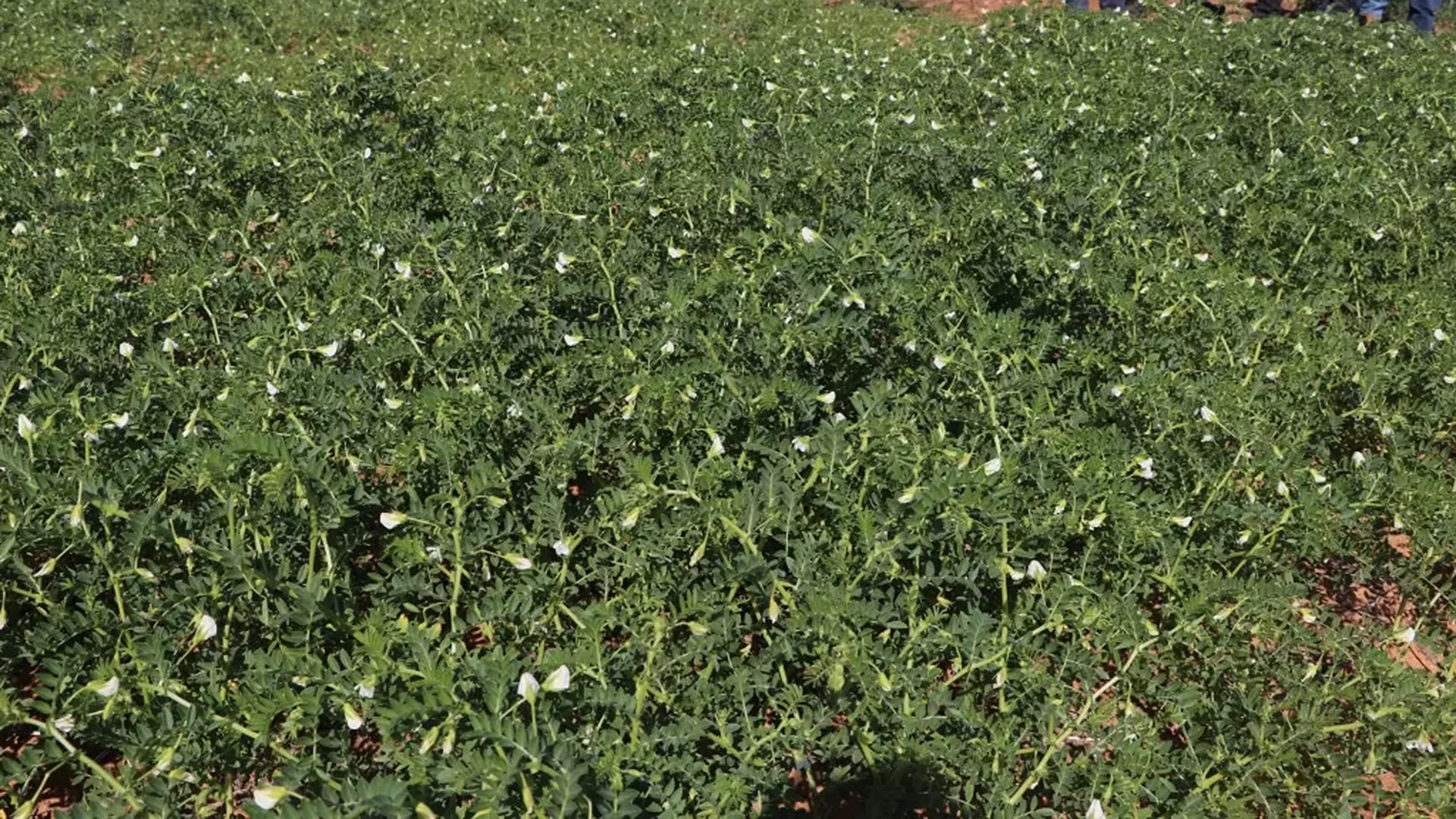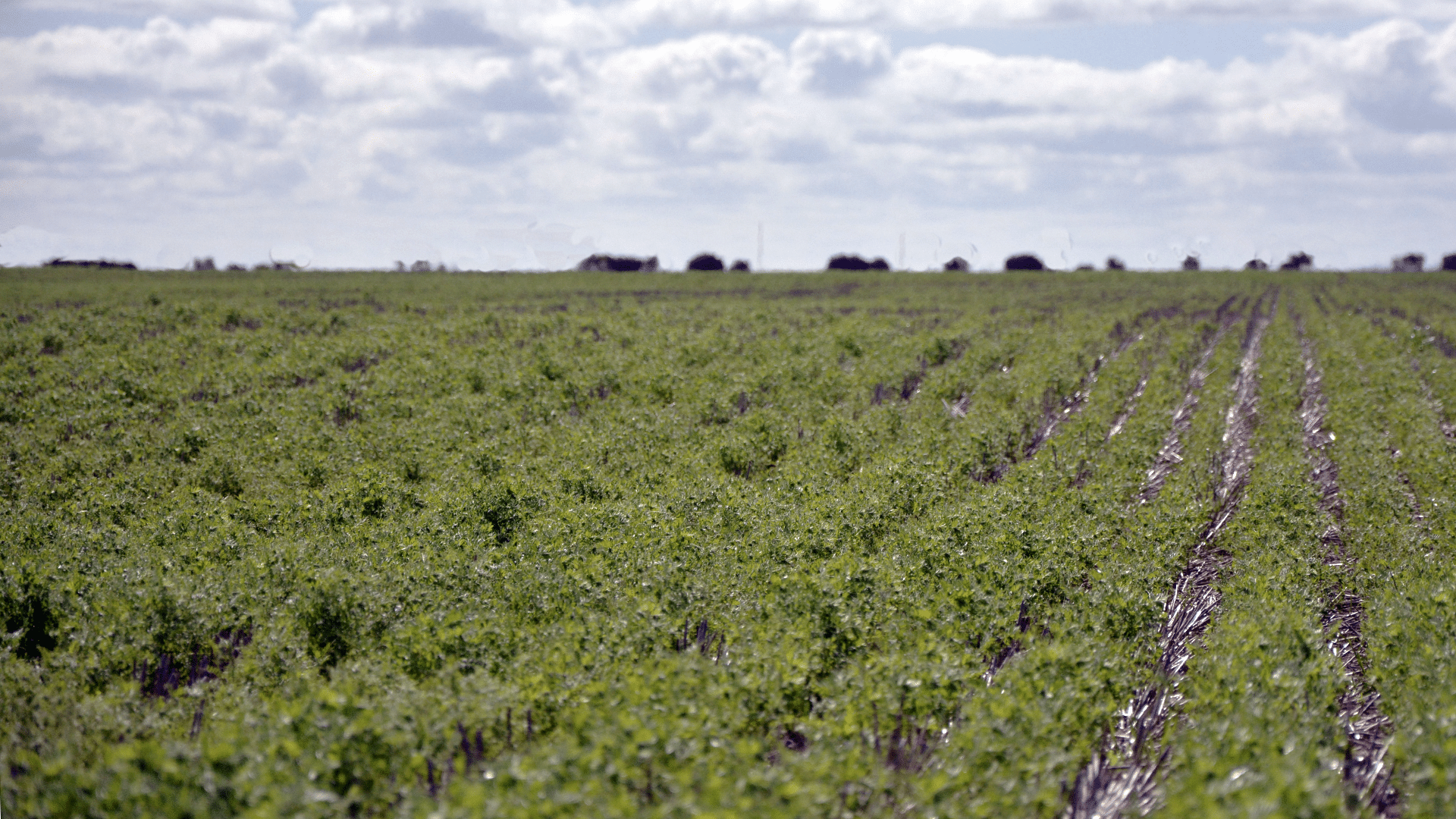START
FINISH
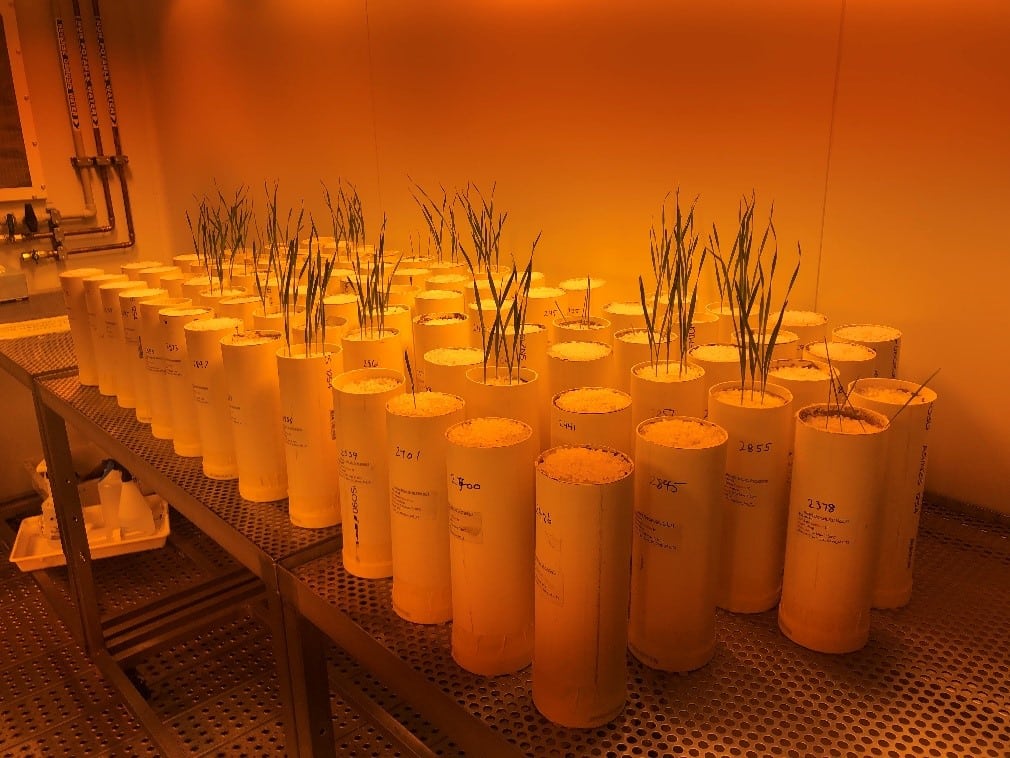
Summary
This project explored whether dry sowing long coleoptile wheat varieties at depth where they can utilise stored subsoil moisture could offer grain growers extended sowing opportunities.
Growth chamber and field trials demonstrated that the strategy could help support timely crop establishment regardless of autumn climate variability. Although soil temperatures above 31°C can result in coleoptile shortening, soil monitoring in the Southern SA Mallee showed such temperatures are unlikely during the early sowing window.
Further research will be required for different soil types and environments.
Background
The timing of the autumn season break has shown a four-week variation (-11 to +17 days) in recent decades. This variability and increasing farm sizes makes timely crop establishment challenging.
Early sowing of long coleoptile wheat varieties at depths where they can utilise stored subsoil moisture may allow farmers to establish their crops independent of autumn rainfall timing.
This would offer farmers a wider sowing window and greater control of sowing time, ensuring crops could be established at the optimum time for grain yield.
The field site for this study was established at Lameroo. The location has a mean growing season (April-October) rainfall of 253mm with a range from 125mm to 424mm (1970-2018, Jeffrey et al. 2001).
Research Aims
The core objectives of the project were to:
- Monitor soil temperature and moisture content during the early sowing window, under a range of stubble loads.
- Evaluate the establishment of deep-sown wheat cultivars with long-coleoptiles under early and traditional sowing window temperatures in soil collected from the Mallee environment.
In The Field
In order to determine field soil temperature and moisture, a soil temperature monitoring site was established at Lameroo. Temperature sensors were installed at 5cm and 18cm to represent standard and deep sowing. Data was collected under three stubble loads:
- Bare soil
- Stubble equivalent to 0.8 t/ha after the grower had baled straw
- Stubble equivalent to 2.6 t/ha representing no stubble removal
A rainout shelter was installed over half the plots from 11 February to 11 March to simulate a dry summer. The dry plots received decile 5 summer rainfall (96mm) while the wetter plots received decile 8 (125mm) rainfall. Soil moisture was measured at intervals from 11 February to 1 June.
For the controlled environment growth experiments, field samples of a deep sand and sandy loam soil were collected to a depth of 20cm, dried, screened and packed in pots, then wet to the target moisture levels.
A pair of wheat near isogenic-lines that differed genetically only by coleoptile length in the cultivar background of Mace were sown at a traditional sowing depth of 4cm and a deep sowing depth of 16-18cm.
The samples were grown in a controlled environment facility at set temperatures determined in the field study and were representative of early and traditional sowing windows.
Results
Soil temperatures were observed to be 6 to 8°C warmer in the early sowing period (March-April) compared to a traditional sowing window (early May).
Soil at depth was found to be 2°C cooler with retained stubble during the early sowing window, but no different during the traditional sowing window. Soil at 18cm with retained stubble was 3°C cooler than shallow soil without stubble.
Soil temperature at depth did not appear to change under light (0.8t/ha) or heavy (2.6t/ha) stubble loads, suggesting deep early sowing could be compatible with grazing or straw baling, as long as ~1t/ha of stubble is maintained.
The controlled environment experiments simulated the traditional and early sowing soil temperatures measured at Lameroo. Evaluation of the factors controlling establishment of a long coleoptile wheat cultivar suggested that soil temperatures in the early sowing windows in the Mallee environment were unlikely to reduce coleoptile length.
While there were no significant effects of the temperatures tested on coleoptile length, the experiments raised some other important considerations for deep sowing. Soil type (sand vs. loam) and moisture had significant effects on emergence and coleoptile length, and requires greater testing under field conditions to ensure establishment success.
Project Participants
CSIRO: Dr Bonnie Flohr
The Problem
Variability in autumn season break timing and rainfall, together with larger farm sizes, place increasing pressure on timely crop establishment.
The research
This research explored the feasibility of improving climate resilience and creating a longer sowing window through early sowing of long-coleoptile wheat varieties at depths that would enable access to stored subsoil moisture.
More information
Dr Bonnie Flohr, CSIRO
T: 0475 982 678
E: [email protected]
Value for Growers
The results of this study indicate there is potential for growers in the Southern SA Mallee to reduce reliance on the variable seasonal break for crop establishment by deep sowing wheat cultivars with long coleoptiles into stored soil moisture.
This sowing strategy would help growers achieve the optimal sowing date for their crops and help ensure crop development aligns with the optimal flowering period for grain yield.

